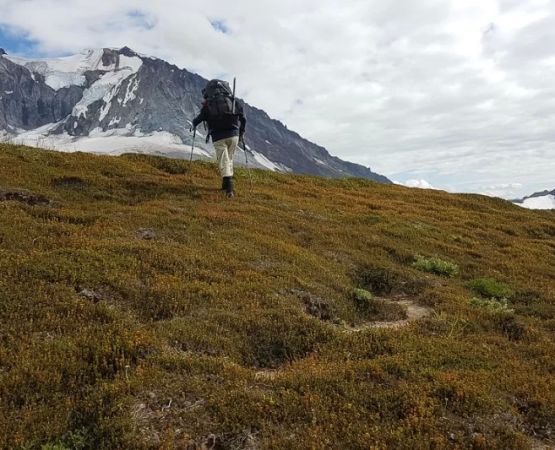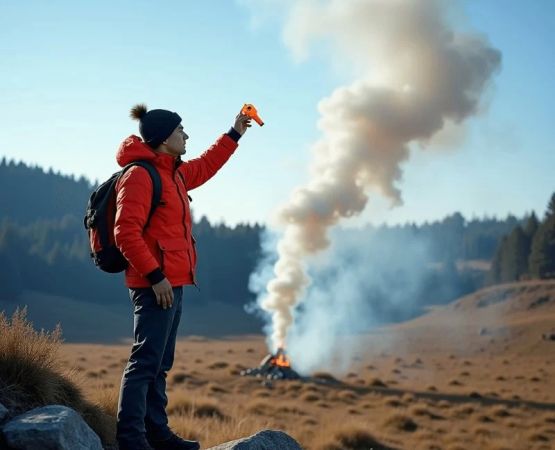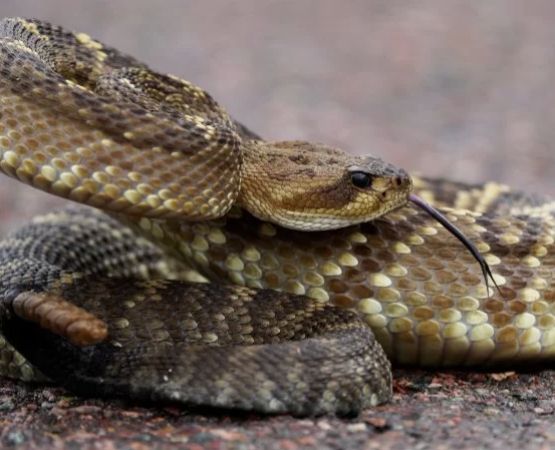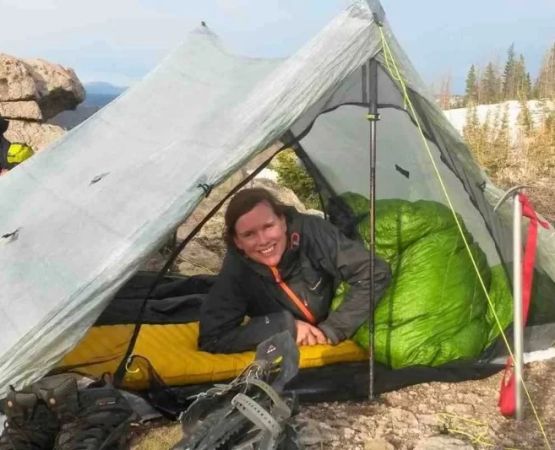- understanding-the-challenges-of-humid-climate-camping - Understanding the Challenges of Humid Climate Camping
- choosing-the-right-campsite-for-humidity-control - Choosing the Right Campsite for Humidity Control
- must-have-gear-for-humid-camping-trips - Must-Have Gear for Humid Camping Trips
- smart-clothing-and-layering-strategies-in-high-humidity - Smart Clothing and Layering Strategies in High Humidity
- managing-bugs-and-moisture-related-health-risks - Managing Bugs and Moisture-Related Health Risks
- real-camper-experience-tackling-the-everglades-in-summer - Real Camper Experience: Tackling the Everglades in Summer
1. Understanding the Challenges of Humid Climate Camping
Camping in humid climates across the USA—from the Gulf Coast of Texas to the marshlands of Georgia—requires more than just a tent and enthusiasm. Humidity introduces unique challenges that can quickly turn an outdoor trip into an uncomfortable ordeal if not properly prepared for. The sticky, heavy air not only saps your energy but also makes it harder for sweat to evaporate, increasing your risk of overheating.
Humidity can also promote the rapid growth of mold and mildew in your gear and clothing. From condensation inside your tent to persistent dampness that ruins fire-starting, the effects are felt all around. Add mosquitoes, sudden thunderstorms, and the risk of heat exhaustion to the equation, and it becomes clear why humid climate camping needs a specific strategy.
Many seasoned campers turn to expert platforms like Pine Cliff Resort to prepare for these conditions. Whether you're pitching a tent in the muggy Midwest or the swampy South, understanding the climate you're walking into is the first step to enjoying it.
2. Choosing the Right Campsite for Humidity Control
Where you pitch your tent can make or break your humid camping experience. A poorly chosen campsite in a low-lying, windless, or shaded area may trap moisture and heat, leaving you drenched in sweat or waking up to a tent soaked from condensation.
When scouting a site, consider the following:
- Look for elevation: Even modest elevation gains help catch breezes and avoid pooling moisture.
- Avoid dense tree cover: While some shade is helpful, thick canopies prevent airflow and trap humidity.
- Face your tent door into the prevailing wind: This enhances ventilation and reduces stuffiness inside the tent.
A useful tip is to set up camp in areas with natural airflow like open meadows or by a river. However, ensure you’re still far enough from water sources to avoid fog, fog-related dampness, and bug invasions. Campers at Pine Cliff Resort often report that locations with early morning sun exposure help dry out their gear faster and discourage mold buildup.
3. Must-Have Gear for Humid Camping Trips
Camping in high humidity means adjusting your gear list for moisture control and airflow. One of the biggest mistakes novice campers make is bringing gear meant for cool, dry conditions. Instead, prioritize ventilation, waterproofing, and quick-drying materials.
Some essential gear includes:
- Mesh tents or tents with large vents: These allow better airflow and reduce condensation buildup.
- Battery-powered fans: These are game-changers when trying to sleep on humid nights.
- Moisture-wicking sleeping bags or liners: Avoid traditional fleece or flannel in favor of technical fabrics that stay dry.
- Silica gel packs or desiccant pouches: Useful for keeping electronics and supplies dry inside bags or coolers.
You should also carry waterproof tarps to shield your gear from surprise downpours and a tent footprint to keep moisture from seeping up from the ground. At Pine Cliff Resort, staff often assist guests with gear consultations before their trip to ensure they're fully prepared for wet and sticky conditions.
4. Smart Clothing and Layering Strategies in High Humidity
Dressing appropriately is critical when camping in a humid climate. The goal is to keep your body cool and allow sweat to evaporate as effectively as possible. Cotton is a common mistake—it retains moisture and takes forever to dry, making it a breeding ground for bacteria and discomfort.
Choose moisture-wicking, synthetic or merino wool fabrics that dry quickly and keep your skin ventilated. Light colors reflect sunlight better and help reduce heat absorption. Some campers even pack a “night set” of dry clothes sealed in a waterproof bag to change into after sunset when humidity peaks.
Footwear matters, too. Opt for ventilated hiking sandals or quick-dry mesh boots, especially if you're trekking through wet ground. Always dry your socks and undergarments overnight to prevent fungal issues and rashes.
One camper at Pine Cliff Resort shared how layering a thin, moisture-wicking shirt under a loose UPF-rated long-sleeve helped him stay dry and bug-free while hiking through Tennessee’s muggy woodlands.
5. Managing Bugs and Moisture-Related Health Risks
With humidity comes bugs—mosquitoes, gnats, ticks, and more. These pests thrive in damp environments, and while they're a nuisance, they also carry risks like Lyme disease, West Nile virus, and other infections. Using insect-repellent clothing and applying DEET- or picaridin-based sprays is a must.
Moisture can also create health risks. Athlete’s foot, skin rashes, and heat-related illnesses like heat stroke or dehydration are all concerns when humidity is high and proper hygiene slips. It's crucial to stay hydrated, avoid heavy meals during peak heat, and regularly dry off sweat-soaked clothing.
Pack foot powder, antibacterial wipes, and a small first-aid kit tailored for skin issues. Many of these are available at Pine Cliff Resort’s outfitter station, where campers can stock up on essentials they forgot or ran out of.
6. Real Camper Experience: Tackling the Everglades in Summer
In 2023, a group of outdoor enthusiasts set out to explore the Everglades in July—a notoriously humid time of year. One member, Laura, shared her story of triumphing over sweltering conditions with preparation and strategy.
“I knew the humidity would be brutal, but I didn’t expect how much it affected everything—sleep, appetite, even mood,” she said. “We had mosquito netting over everything and still found bugs in our tent. But the real game-changer was bringing a solar-powered fan and moisture absorbers for our gear.”
Laura also stressed the importance of meal planning. “We chose no-cook, high-protein meals that required zero fire. The last thing you want is to be sweating over a stove in 90% humidity.”
Her biggest advice? “Respect the climate, plan like a minimalist, and always have backup dry clothes.” Thanks to these tips, her group not only survived but enjoyed one of the most memorable camping trips of their lives.
Whether you’re heading to Florida’s wetlands or the damp forests of the Ozarks, being humidity-savvy can transform your experience from miserable to magnificent. Explore expert-reviewed packing lists and campsite services through Pine Cliff Resort to ensure you're adventure-ready.






